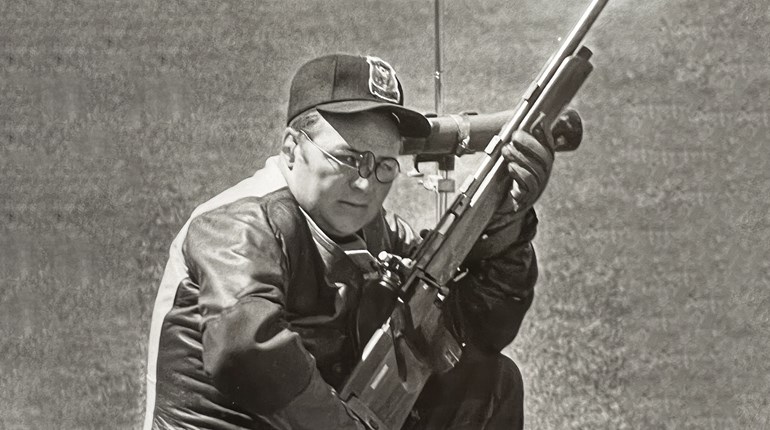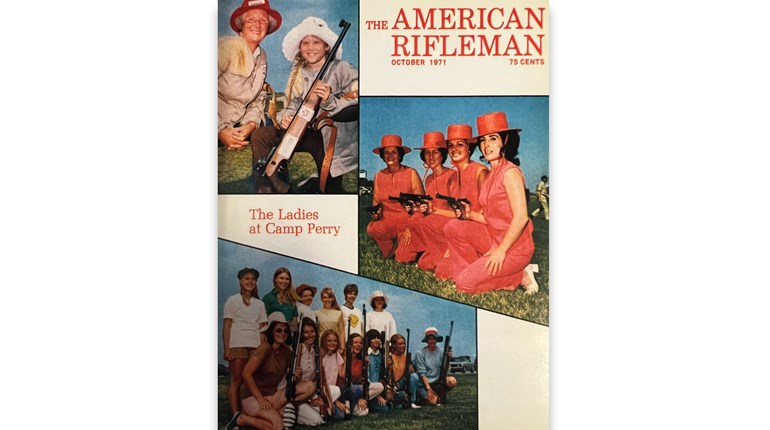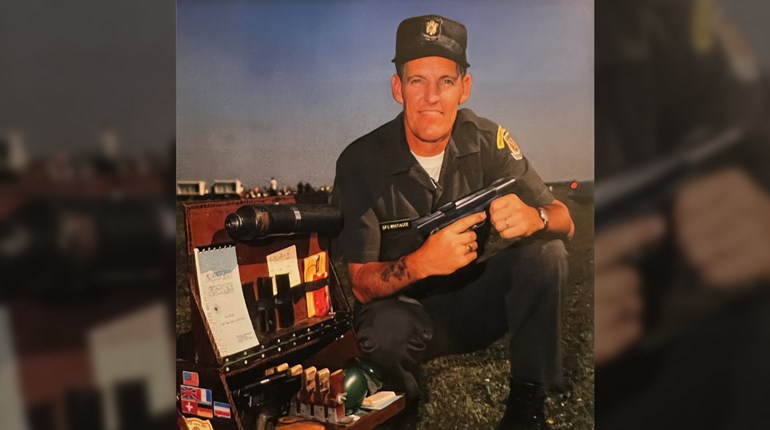
They were poor, backwoods frontier farmers, mainly, just trying to feed their families…and hoping to somehow work their way out of debt. But eventually, after years of seemingly endless, backbreaking work that got them no further ahead financially than before, they were willing to try most anything to make a buck. Even risk their lives, if need be. Their plan, some finally decided, would be to follow the rumors of untold numbers of game animals and furbearers over the crest of the Blue Ridge Mountains to the west—and become Long Hunters.
The Long Hunters of the late 1700s were essentially America’s first professional hunters, so named because of their extended stays in the wilderness, anywhere from a few months to a year or more. What they sought were deer hides from white-tailed deer and the pelts from beaver, otter, mink, fox, raccoons and other furbearers. Saying tearful goodbyes to their families in Virginia and North Carolina, and promising to return home as soon as possible, they struck out in groups both large and small for the Middle Ground, what one day would become the states of Kentucky and Tennessee.
The muzzleloaders these men carried varied from hunter to hunter. Some preferred smoothbores for the versatility it gave them of shooting shot, ball, or a combination load of both known as buck-and-ball. For fun, a Long Hunter by the name of Bill Linn would allow a snake to crawl into the barrel of his British musket then fire the gun into a tree.
Other hunters preferred the short-barreled, large-bored European Jaeger rifle. But the gun most in demand was the famed Kentucky rifle in .45 to .52 calibers. Oddly, those so-called, long-barreled “Kentucky rifles” were not built in Kentucky, but rather by gunsmiths in Pennsylvania and North Carolina.
The seasonal deer hunting began in summer and lasted only until early fall, while the animals’ coats were still reddish in color. Not that the hunters cared about the color of the pelage. Rather, shortly after the first frosts, deer hair took a deeper root and the tanned leather would then crack along vein lines. Summer-tanned deer hides did not crack, so were more valuable.
Deer hides at the time sold for about a dollar each or “one buck,” a term still used to describe a dollar yet today. In 1753 alone, North Carolina merchants exported more than 30,000 deer hides to Europe. A Long Hunter, if he was skilled, worked hard, and kept his hair from the Indians, could earn $1,000 or more per year, a handsome sum for the day.
Survival was always tentative, a day-to-day way of life for Long Hunters. They knew they were trespassing on Indian lands, but were willing to risk the gamble. They also knew they were breaking colonial treaties and laws crossing the mountains to hunt, but that seemed to matter little--if at all--so far away from the eastern settlements.
At first, many Indian tribes were surprisingly lenient with the white hunters they discovered on their lands. Confiscating the hides and furs the hunters had collected, they’d send the men back over the mountains usually unharmed but with a stern warning not to return.
Some Long Hunters listened and some didn’t. For many, the dream of riches and the freedom of a wilderness hunter’s lifestyle were just too attractive. Hunters not only returned but began shooting Indians on sight, viewing them as competitors and foes. The war for control of the Middle Ground had begun.
As a result of these skirmishes, Long Hunters quickly honed their existing survival skills and learned new ones. For instance, one small trick helped them sleep more safely. Wanting to keep their rifle close at hand but not lay it directly on the ground at night, they’d cut two short, Y-shaped sticks that they forced into the dirt several feet apart beside their bedroll. Their rifle was then laid across the Y of these sticks, where it would be readily available...but also so the black powder in the gun would not draw moisture from the ground so was sure to ignite when needed.
Another safety measure was to bring dogs along on a hunt. Not only did the canines help secure game, but also alerted hunters if an enemy was approaching camp. Simon Kenton preferred sleeping between two dogs. They kept him warm on cold nights, and just might stop a bullet, he reasoned, if the camp was fired upon by Indians.
Unfortunately, Kenton lost his dogs one winter when they raced out onto a frozen river to attack a buffalo that was stranded on the ice. Grabbing the buffalo by its ears, the dogs and buffalo began struggling, broke through the ice, and all were drowned.
Despite their precautions, the life of a Long Hunter remained a dangerous one in many ways. In addition to the presence of Indians, there was always the threat of injury or sickness hundreds of miles from a doctor. And sometimes, for whatever reason, men just simply vanished. It was not unusual for hunters to wander for miles and be away from the main camp several nights in a row. But if a hunter was gone for more than a predetermined time, his companions would give him an extra day or two then begin searching for him.
Such was the case with John Stewart, a Long Hunter who disappeared in January 1770. After a long, fruitless search, his friends gave up, believing they would never know what happened to him. But five years later, and quite by accident, Stewart’s skeleton was discovered inside a hollow tree by none other than Daniel Boone. Stewart’s left arm had been broken by a musket ball—he had been shot and killed by Indians.
Next in disastrous outcomes in life as a Long Hunter was losing the rewards of an entire season’s work in the wilderness. Some hunters, floating their deer hides and pelts on rivers back toward the eastern settlements on rafts or in elm-bark or dugout canoes, had their crafts upset in rough water and lost everything. An interesting side note is that a massive dugout, used on the Cumberland River for years, measured 56 feet long and required seven heavy grindstones for ballast.
From the early fall of 1770 to the early spring of 1771, a large group of Long Hunters from North Carolina hunted and trapped in Kentucky. Led by three men (Joseph Drake, Henry Skaggs and James Knox), in February the group agreed to divide their numbers. Seven men would stay in camp to continue fleshing and stretching the many skins the group had already accumulated, while the rest of the men dispersed to continue hunting far from camp.
The plan was for the hunters to rendezvous back at the camp weeks later, in March, when everyone would then travel back east together. But when the hunters returned they found decimation. Indians had raided the camp, taking the many hides and furs, destroying the camp, and driving off the men. One of the camp men had returned long enough to leave the hunters a sobering message carved into the bark of a beech tree: 2,500 Deer Skins Lost, Ruination by God...
While Long Hunters saw themselves as simply providing for their families, the colonial government saw them as creating problems and the Indians saw them as poachers. Few of the hunters got rich, or even climbed out of debt, as they had hoped. Yet, for many, it was the time of their lives. Once safely back home, and seated in front of a crackling hearth fire in a snug log cabin, they regaled their children and grandchildren with their wilderness hunting stories west of the Blue Ridge until the day they died.





































